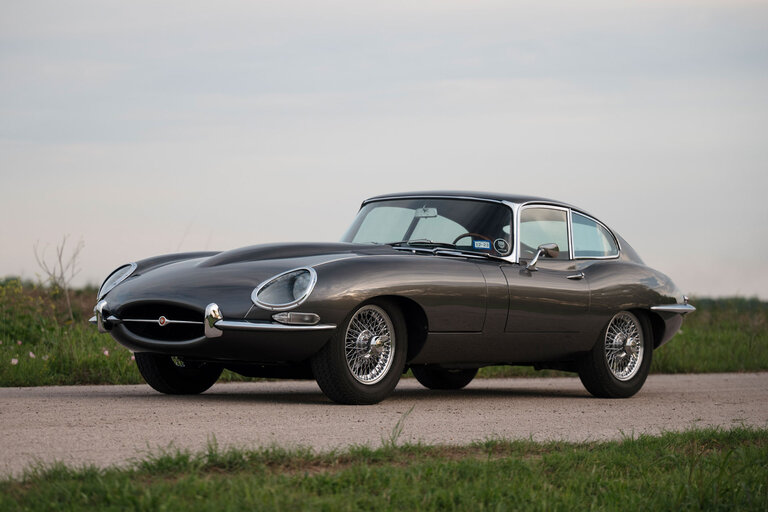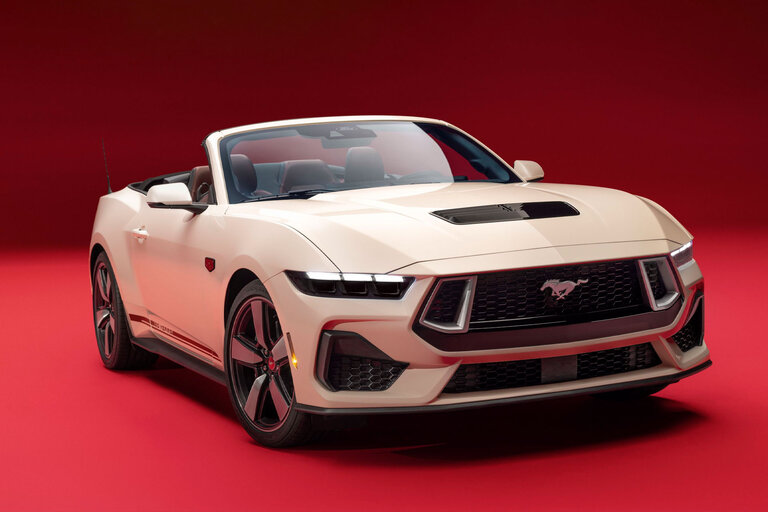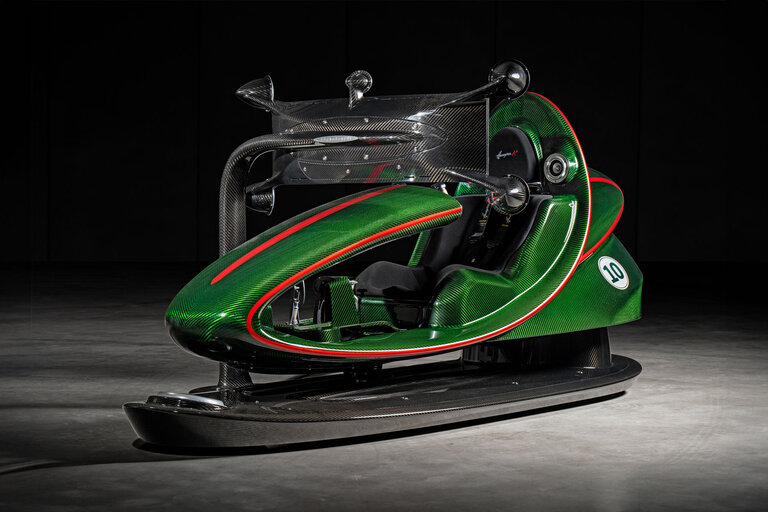
Courtesy: Beaver’s Pond Press
Matthew Kilkenny is a fan of cars of the classic era, those elegant masterpieces from the 1920s and 1930s. The owner and restorer of a vintage 1934 Packard and judge of classic Packards at top-tier shows such as the Pebble Beach Concours d’Elegance, Kilkenny has traveled the country visiting museums and libraries that feature material on these vehicles. As he explored, he came to a realization, one that contradicted some long-held presumptions within the automotive industry, especially around the concept of styling as a key means of selling cars.
Key among these is the role of Harley Earl. Mr. Earl is typically considered the father of automotive styling, credited with having set up the first such department at a large car company—General Motors in the 1930s. “But although Harley Earl was an important player,” Kilkenny noted, “there was life in Detroit before Harley Earl.”
The goal of his new book, Detroit Steel Artists: How Edsel Ford, Ray Dietrich, Tom Hibbard, and Ralph Roberts Turned Motor City into a Styling Mecca Before Harley Earl (Beaver’s Pond Press: $75) is to explicate this fascinating history. “I believe this is the first comprehensive story about styling’s very important inflection point or inflection phase,” Kilkenny told Car and Driver.
The book is illustrated with sumptuous photos of period cars shot by pros including Michael Furman, Bill Pack, and Scott Williamson; archival materials from the Benson Ford Research Center, the Detroit Public Library, Harrah’s National Automobile Museum, and the Library of Congress; as well as illustrations from the personal and familial collections of the designers covered. Kilkenny was even able to acquire a school final exam project drawing from Ray Deitrich—the man who went on to found the famed coachbuilders LeBaron and Deitrich in the 1920s en route to becoming the first head of styling for Chrysler in the 1930s.
Woven through the images is a detailed and well-constructed narrative, one that uncovers unsung heroes of the time period. (There’s also a forward by Jay Leno.) These people helped the car become more than just a means of transportation, transforming it into something with which people identified emotionally as an extension of their personality and aspirations.
These pioneers included Amos E. Northup, who ran the first automotive styling studio (for Willis Sainte Clair) years before Earl; Ralph Roberts, who had a more sophisticated studio at Briggs than Earl’s GM studio; and Elsie de Wolfe, who designed Locomobile’s closed car interiors in the 1910s and appears from his research to be the first female automotive designer in the industry.
Kilkenny also details the story of non-designer Charles Parlin. “He pioneered the modern business idea of market research, and validated this concept in the newly developing automotive field,” he explained. “As part of his work in the car industry, he also had the vision to predict the importance of styling in selling cars in this new field.”
On a more philosophical level, we asked Kilkenny about the contrast between the limitations of car designers in the Classic Era, and those of today. “The designers back then had constraints related to manufacturability, because mass production was still in its infancy. There were also limitations in the availability and knowledge of deep-draw steels,” Kilkenny said. “So a lot of beautiful designs were created on paper that could not be practically built. Ray Dietrich called many impractical designs from the day coming from ‘skin artists.’”
Today’s designers are able to leverage nearly 135 years of industry knowledge, and can thus get practically anything built. This leads to greater freedom. “But today’s designers have many more constraints due to things like approval by committee and regulatory issues,” he said. “If you got the pioneering Detroit steel artists from this original era together with today’s designers, I’m guessing that both eras would say the other era is lucky to have so much more freedom, and both would be right.”
This content is created and maintained by a third party, and imported onto this page to help users provide their email addresses. You may be able to find more information about this and similar content at piano.io
#Detroit #Steel #Artists #Book #Birth #Car #Styling
Source link






